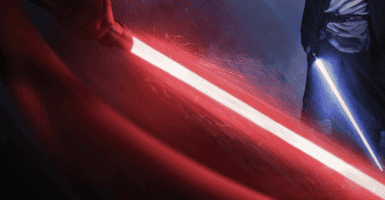The Controversial Horror Fantasy Anime That Inspired Batman Animated Series Sci-Fi Fan-Favorite Episode
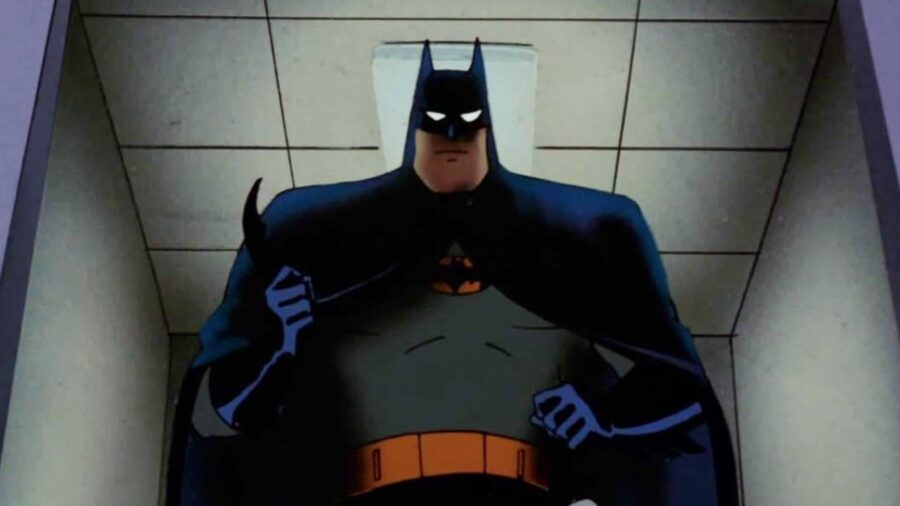
Cartoons have a long history of making sly references to their influences that often go overlooked. A prime example of this is the convergence of two pieces of animated media: Batman: The Animated Series and Urotsukidōji: Legend of the Overfiend. As revealed by the Batman series’ co-creator Bruce Timm, aspects of the provocative anime served as a reference for a two-part episode of the Batman series, “Heart of Steel.”
Urotsukidōji: Legend Of The Overfiend
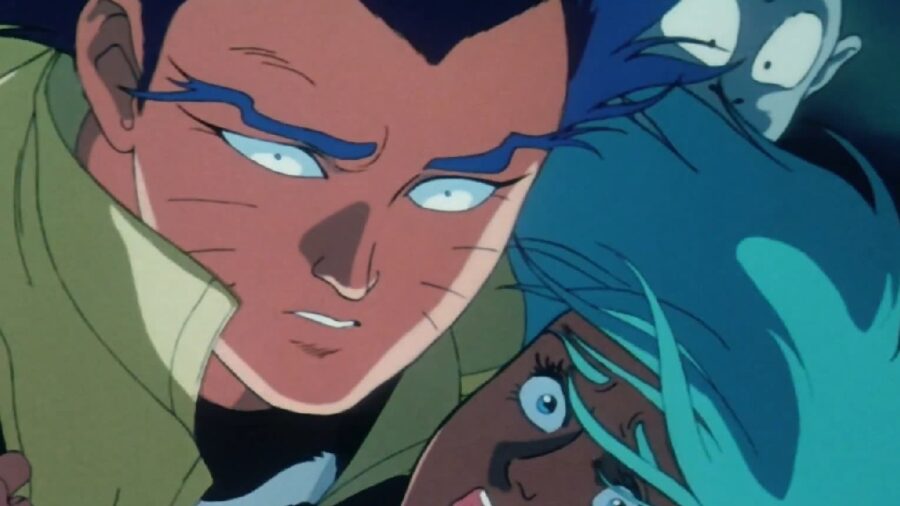
The Japanese erotic horror manga series Urotsukidōji: Legend of the Overfiend took a bold step away from traditional animation. Centered on an apocalyptic narrative, the series presents a tale revolving around Amano Jyaku, a demon-human hybrid seeking the Chōjin, a powerful and invincible demon god believed to inhabit a human form. Amidst the supernatural elements, the story takes a sharp turn to explore mature themes, creating a distinct blend of dark humor and erotic horror.
One striking character is Yuichi Niki, a school nerd who transforms into a formidable demonic vessel, often depicted with his limbs bent backwards in a peculiar crabwalk.
A Surprising Influence For A Batman Series
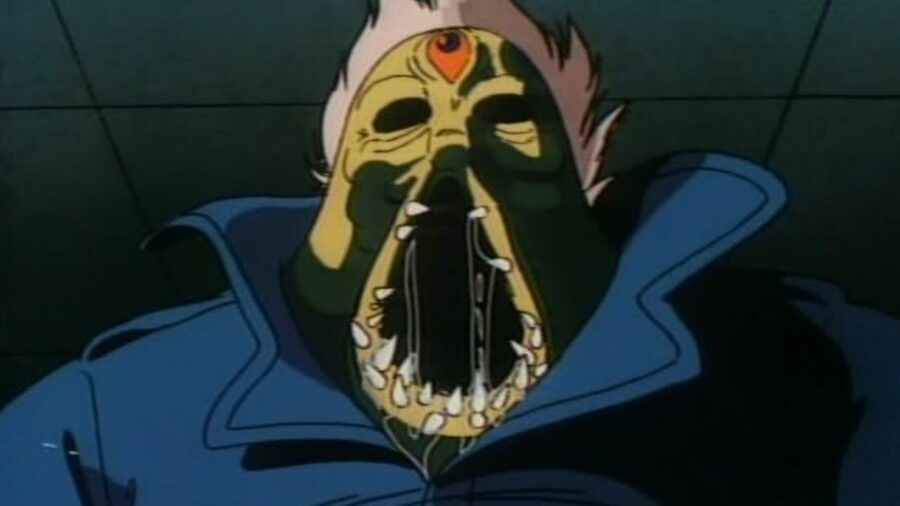
Perhaps the most notable, and controversial, aspect of Urotsukidōji: Legend of the Overfiend is its position in the hentai subgenre, where it stands as one of the most influential Japanese pornographic manga and anime of all time. Specifically, Urotsukidōji: Legend of the Overfiend is credited with popularizing tentacle porn—something that would not have gone over very well in a Batman cartoon.
Although that could have given some additional purpose to the little-used Batman villain, Octopus and the Octopus Gang who debuted in World’s Finest #131 back in 1963.
Heart Of Steel
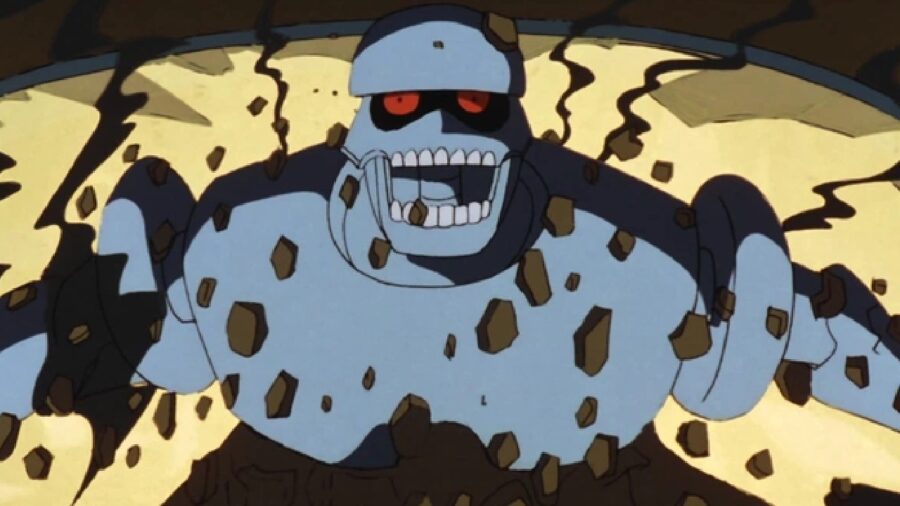
Batman: The Animated Series, on the other hand, has consistently been lauded for its groundbreaking storytelling and art design. Shaped by the creative minds of Bruce Timm and Eric Radomski, the series paints the beloved superhero Batman in a noirish light. One of several highlights in its extensive run was the two-part episode “Heart of Steel,” where Batman grapples with a supercomputer named H.A.R.D.A.C bent on replacing Gotham’s population with robotic duplicates.
Notably, one of these robot duplicates was animated in a crabwalk reminiscent of Yuichi Niki’s demonic form — a nod duly credited to the influence of Legend of the Overfiend.
A Mixture Of Styles
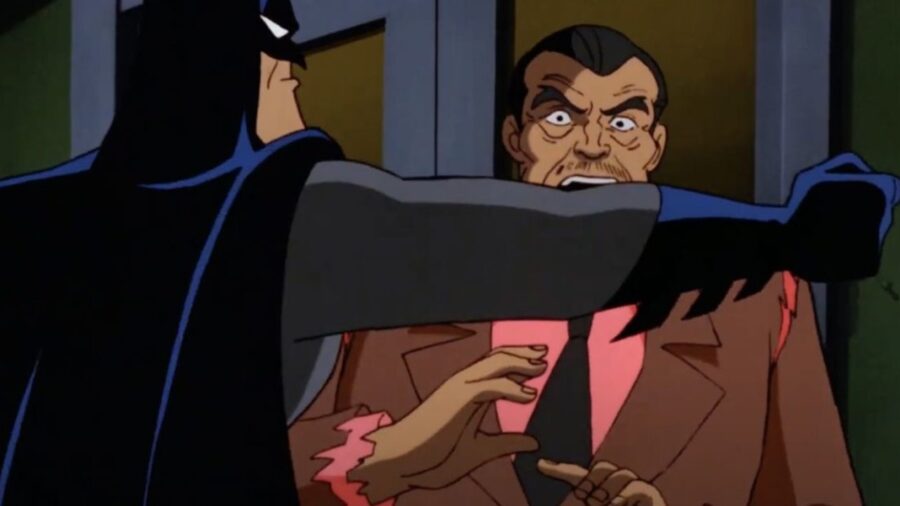
Despite these animations occupying seemingly disparate genres, the use of Legend of the Overfiend as a reference in the Batman series underscores the creative fluidity that exists within the realm of animation. Batman: The Animated Series notably draws from other visual references and creative influences, manifesting in its unique “Dark Deco” design — a blend of noir and Art Deco styles. The Art Deco influence is derived from early Max Fleischer Superman cartoons from the early 40s whose abbreviated 17-episode run boasts a legacy that far outlasts length.
Unexpected Influences
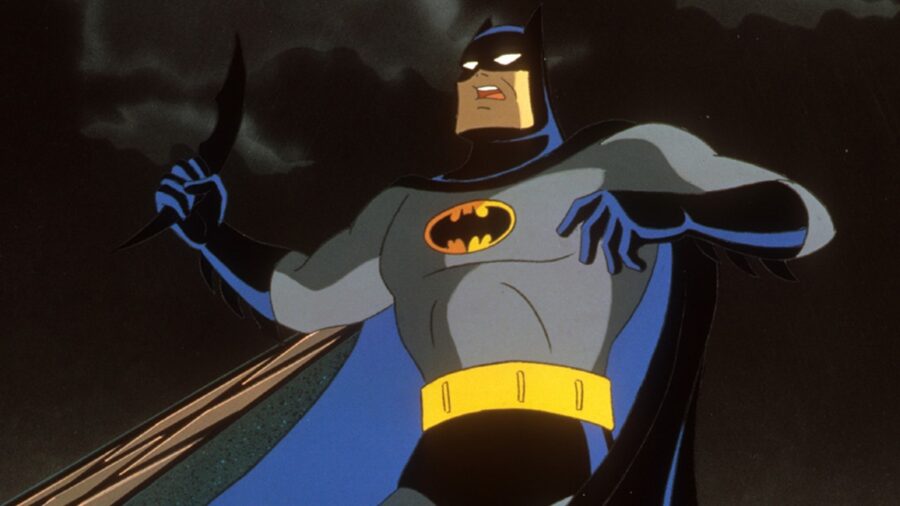
Batman: The Animated Series and Urotsukidōji: Legend of the Overfiend may seem to have little in common at first — one a deceptively dark superhero tale and the other an audacious exploration of adult themes — yet there is overlap. In addition to the crabwalk scene, they intersect on the shared ground of creativity and influence. Both have left remarkable imprints in the animation landscape.










